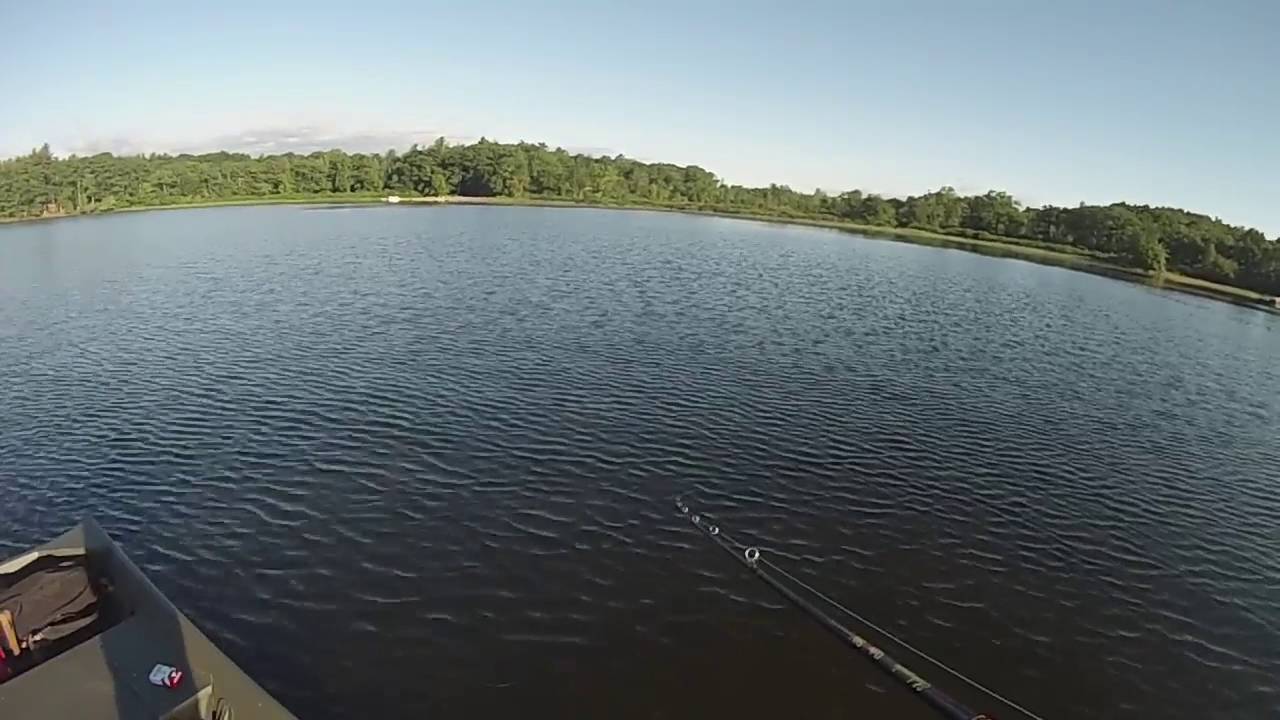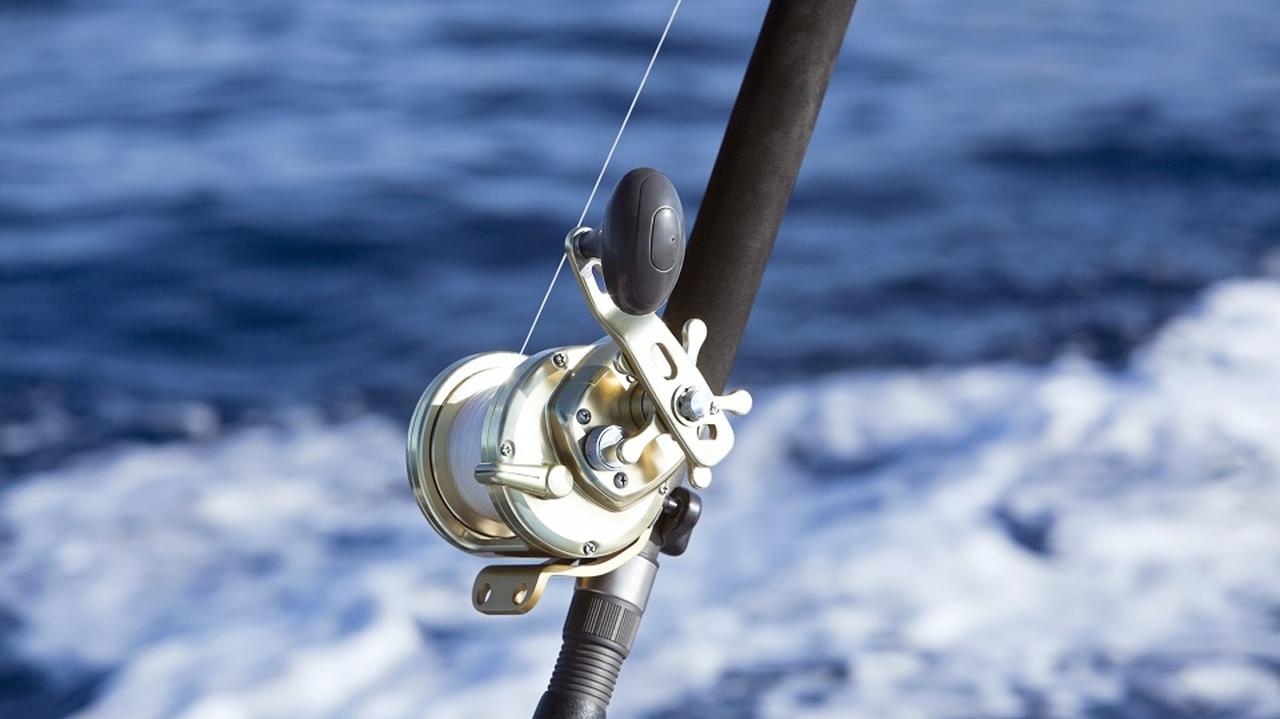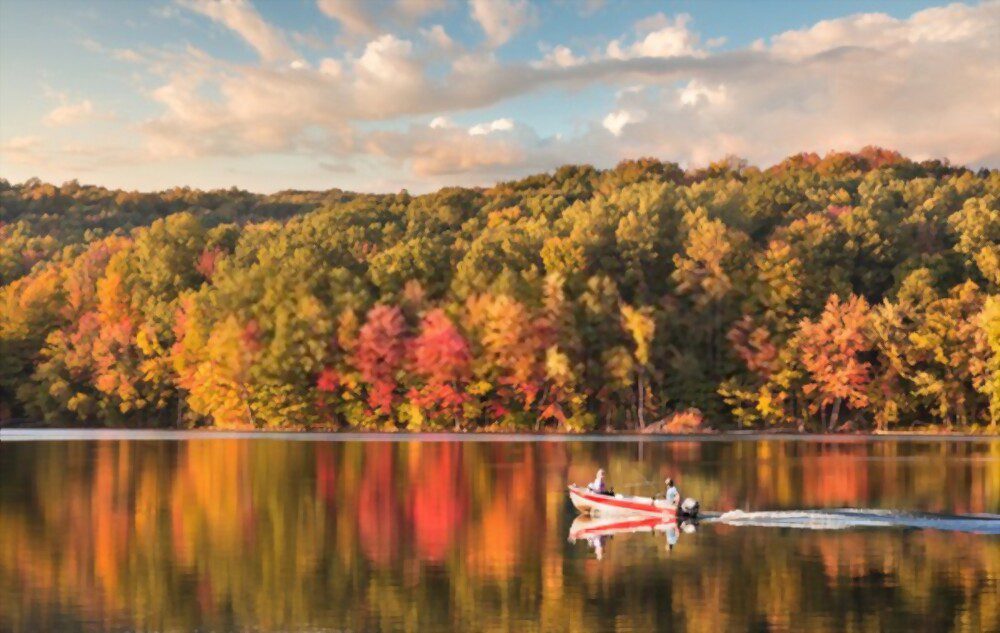Are you eager to cast your line in the picturesque waters of Connecticut in 2024? Before you embark on your fishing adventure, it’s crucial to obtain a valid Connecticut fishing license. Whether you’re a resident angler or an out-of-state visitor, this comprehensive guide will walk you through the process of getting your license and provide you with all the essential information to ensure a legal and enjoyable fishing experience in the Constitution State.
Quick Facts: Getting a Fishing License in Connecticut in 2024
| Fact | Details |
|---|---|
| Age Requirement | Anglers 16 and older need a valid fishing license to fish in Connecticut’s inland or marine waters. |
| License Options | Inland, Marine, All Waters, and short-term licenses for residents and non-residents. |
| Special Stamps | A Trout and Salmon Stamp is required for fishing in designated areas like Trout Management Areas. |
| Purchase Methods | Licenses can be purchased online, in-person, or by phone from the CT DEEP. |
| Regulations | Familiarize yourself with the state’s fishing regulations, including size limits, catch limits, and seasons. |
Why You Need a Fishing License in Connecticut
Fishing licenses are a legal requirement in Connecticut and most states across the U.S. The funds generated from these licenses play a vital role in supporting conservation efforts, including habitat restoration, fish stocking, and maintaining the health of aquatic ecosystems. By purchasing a license, you’re not only complying with the law but also directly contributing to the preservation of Connecticut’s rich fishing heritage and natural resources.
Who Needs a Fishing License?
In Connecticut, anyone 16 years of age or older must possess a valid fishing license to fish in the state’s inland or marine waters. This requirement applies to both residents and non-residents. However, there are a few exceptions:
- Youths under 16 can fish without a license.
- Connecticut residents over 65 can obtain a free lifetime license.
- Anglers fishing on a registered and licensed marine charter, party, or head boat do not need an individual license.
Types of Fishing Licenses in Connecticut
Connecticut offers a variety of fishing licenses to cater to different angling needs:
| License Type | Description |
|---|---|
| Inland Fishing License | Allows you to fish in the state’s freshwater bodies, such as lakes, ponds, rivers, and streams. |
| Marine Fishing License | Required for saltwater fishing in the Long Island Sound and its tributaries. |
| All Waters Fishing License | A combination license that permits you to fish in both freshwater and saltwater. |
| Short-Term Licenses | Perfect for visitors or occasional anglers, Connecticut offers 1-day and 3-day licenses for inland or marine waters. |
| Trout and Salmon Stamp | Required for fishing for trout and salmon or in designated areas like Trout Management Areas, Wild Trout Management Areas, Trout Parks, or Atlantic Salmon Broodstock Areas. |
Fishing License Costs and Discounts
The cost of a fishing license in Connecticut varies based on the type of license and the angler’s residency status. Here’s a breakdown of the prices for some popular license types in 2024:
| License Type | Resident Cost | Non-Resident Cost |
|---|---|---|
| Inland Fishing (18+) | $28 | $55 |
| Marine Fishing (16+) | $10 | $15 |
| All Waters (18+) | $32 | $63 |
| 1-Day Marine (18+) | $5 | $10 |
| 3-Day Inland (Non-Resident) | N/A | $22 |
| Trout & Salmon Stamp (18+) | $5 | $5 |
Connecticut also offers discounts for:
- Seniors (65+): Free lifetime licenses for residents.
- Youths (16-17): Reduced fees for inland and marine licenses.
- Disabled veterans and blind anglers: Free licenses for residents.
How and Where to Get Your Fishing License
Obtaining a fishing license in Connecticut is a straightforward process with multiple options:
- Online: Visit the Connecticut Department of Energy and Environmental Protection (DEEP) website at CT DEEP Fishing and complete the online application.
- In-Person: Stop by an authorized license vendor, such as sporting goods stores, town halls, or DEEP offices. Find a list of vendors at CT DEEP License Vendors.
- By Phone: Call the DEEP License and Revenue office at 1-860-424-3105 to purchase your license over the phone.
Remember to carry your license or have a digital copy accessible on your mobile device while fishing.
Understanding Connecticut’s Fishing Regulations
In addition to having a valid license, anglers in Connecticut must adhere to the state’s fishing regulations. These include size limits, catch limits, seasons, and area-specific rules. Familiarize yourself with the current regulations by visiting the CT DEEP website at CT DEEP Fishing Regulations or obtaining a copy of the Connecticut Angler’s Guide.
Key Regulations to Keep in Mind
- Trout and Salmon: Catch-and-release only from the third Saturday in April through 6 a.m. on the second Saturday in April. After opening day, anglers can keep up to 5 trout or salmon per day, with a minimum length of 9 inches for most species.
- Largemouth and Smallmouth Bass: A 12-inch minimum length limit and a 6-fish daily creel limit apply statewide, with some exceptions in specific water bodies.
- Northern Pike: A 26-inch minimum length limit and a 2-fish daily creel limit are in effect statewide.
Special Permits and Area-Specific Regulations
Certain water bodies in Connecticut may require additional permits or have specific regulations. Always check if the location you plan to fish has any special requirements. Some examples include:
- Trout Parks: These specially managed areas are stocked with trout and open to fishing from the second Saturday in April through the last day of February. A Trout and Salmon Stamp is required for anglers 16 and older.
- Wild Trout Management Areas: These areas are managed to promote self-sustaining trout populations. Regulations may include catch-and-release only, fly fishing only, or special length and creel limits.
- Broodstock Atlantic Salmon Areas: These areas are stocked with surplus broodstock Atlantic Salmon. A Trout and Salmon Stamp is required, and special regulations apply.
Renewing Your License
Fishing licenses in Connecticut are valid for the calendar year, from January 1st to December 31st. You’ll need to renew your license annually to continue fishing legally. The DEEP website offers a convenient online renewal process at CT DEEP License Renewal.
Fishing Opportunities in Connecticut
With your fishing license in hand, you’re ready to explore the diverse fishing opportunities Connecticut has to offer. The state boasts numerous lakes, ponds, rivers, streams, and coastal waters teeming with a variety of fish species.
Freshwater Fishing
Connecticut’s inland waters are home to popular game fish like trout, bass, pike, walleye, and panfish. Some top freshwater fishing destinations include:
| Location | Description |
|---|---|
| Housatonic River | Known for its excellent trout fishing, particularly the catch-and-release section in Cornwall/Sharon. |
| Candlewood Lake | The state’s largest lake, offering great fishing for bass, trout, pike, and panfish. |
| Connecticut River | Provides diverse fishing opportunities for bass, pike, catfish, and more. |
Saltwater Fishing
The Long Island Sound and its tributaries offer fantastic saltwater fishing for species like striped bass, bluefish, fluke, blackfish, and porgy. Popular saltwater fishing spots include:
| Location | Description |
|---|---|
| The Race | Located off the eastern tip of Long Island Sound, known for its strong currents and excellent fishing for striped bass and bluefish. |
| Norwalk Islands | These islands provide great structure for blackfish, fluke, and porgy. |
| Thames River | This tidal river is a hotspot for striped bass, especially in the spring and fall. |
Connecticut Fishing Resources
To further enhance your fishing experience in Connecticut, take advantage of these helpful resources:
- CT DEEP Fisheries Division: Offers information on fishing regulations, stocking reports, lake maps, and more (CT DEEP Fisheries Division).
- Connecticut Angler’s Guide: A comprehensive guide to fishing in the state, available online and in print (CT Angler’s Guide).
- Connecticut Fishing Reports: Regular updates on fishing conditions, tips, and success stories from across the state (CT Fishing Reports).
Conclusion
Obtaining a fishing license in Connecticut is a simple process that grants you access to a wealth of exciting fishing opportunities. By purchasing a license, you not only ensure a legal fishing experience but also contribute to the conservation and management of the state’s valuable aquatic resources. So gear up, get your license, and embark on an unforgettable fishing adventure in the beautiful waters of Connecticut in 2024!


